Advertisements
Advertisements
Question
Find the area of the shaded portion in the following figure.
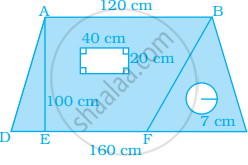
Solution
Area of shaded portion = Area of trapezium – Area of rectangle – Area of circle
Area of trapezium = `1/2` × [Sum of parallel sides] × Height
= `1/2 xx (120 + 160) xx 100`
= `1/2 xx 280 xx 100`
= `28000/2`
= 14000 cm2
Area of rectangle = Length × Breadth
= 40 × 20
= 800 cm2
Area of circle = πr2
= `22/7 xx 7 xx 7`
= 154 cm2
∴ Area of shaded portion = 14000 – 800 – 154 = 13046 cm2
APPEARS IN
RELATED QUESTIONS
Identify the net which can be used to make cube (cut out copies of the net and try it):

Identify the net which can be used to make cube (cut out copies of the net and try it):
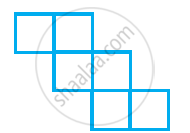
Identify the net which can be used to make cube (cut out copies of the net and try it):
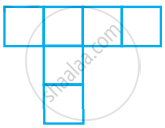
Make 8 triangles using 6 matchsticks. Try!
Which of the following is the top view of the given shape?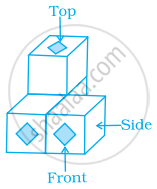
In a three-dimensional shape, diagonal is a line segment that joins two vertices that do not lie on the ______ face.
Every solid shape has a unique net.
In the given figure, identify the different shapes involved.

Find the area of the shaded portion in the following figure.
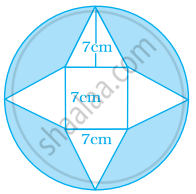
Work out the surface area of following shape (use π = 3.14).
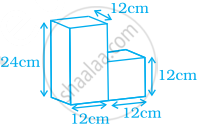
The circle, the square, the rectangle and the triangle are examples of plane figures.
The circle, the square, the rectangle and the triangle are examples of plane figures.
The circle, the square, the rectangle and the triangle are examples of plane figures.
The circle, the square, the rectangle and the triangle are examples of plane figures.
The circle, the square, the rectangle, and the triangle are examples of plane figures.
The circle, the square, the rectangle and the triangle are examples of plane figures.
The circle, the square, the rectangle and the triangle are examples of plane figures.
